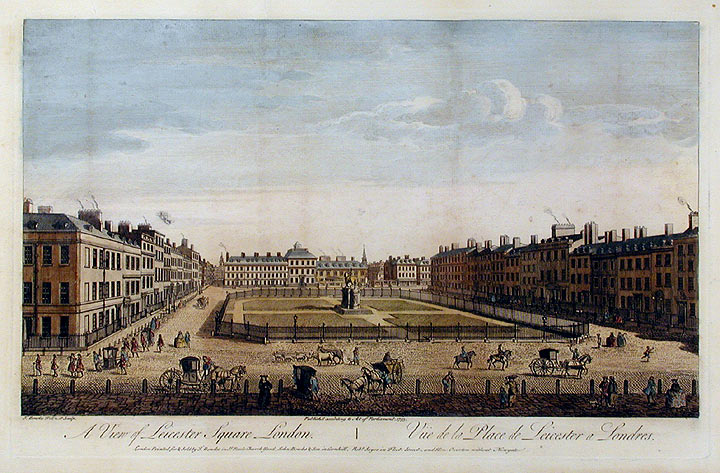
Anthony A. Le Texier (1731-1814) was a French actor and director “renowned for being able to put on a play by acting all the different parts himself” (The Additional Journals and Letters of Frances Burney, 2015, p.13) He was also known, in London, as a “sort of theatrical fixer” including translating and selecting French language pieces for the London stage (Shakespeare and Amateur Performance: A Cultural History, 2011, p. 71). During the brief respite from Napoleon in 1802, Lady Albinia Buckinghamshire (formerly Mrs. Hobart) “initiated a series of Francophile parties at the house of Anthony le Texier” where le Texier and amateurs “recited from the plays of Moliere and Racine” (Shakespeare and Amateur Performance: A Cultural History, 2011, p. 71). Here is a blurb about those readings in the 1803 Picture of London:
The Picture of London, for 1803
Listings around 1797 have Le Texier as a “bookseller” and many blurbs were wont to call him an “impresario”. According to his critics, his readings were dramatic. Here is one description of the experience of his readings, as reported in La Belle Assemblee (1825):
Born in Lyons, Le Texier had worked at the French court as a dramatist and editor, until he had fallen into disfavor and left for London in 1775. He first worked at Drury Lane as an actor, but then made friends with the likes of Thomas Harris, manager of Covent Garden, and Elizabeth Inchbald, for which he started adapting plays into French and vice versa. In 1793, Le Texier married actress Mary Ross.
His house was No. 5 Lisle Street, one of the larger houses on Lisle. No. 1, since 1731, was the Falcon Public House, and then on down a series of smaller houses. Built in two parts, the western portion was laid out in 1682-83 on a portion of the site of the Leicester House garden. In 1791, Leicester House and any of its outbuildings were acquired by a banker (Thomas Wright) who then extended Lisle Street eastward to join Little Newport Street. Lisle Street was a popular one for artists giving exhibitions, including Edward Francis Burney, Nicholas Toussaint Charlet, and Alexander Pope.
For more information on Lisle Street: http://www.british-history.ac.uk/survey-london/vols33-4/pp472-476#fnn31










